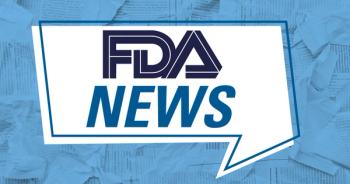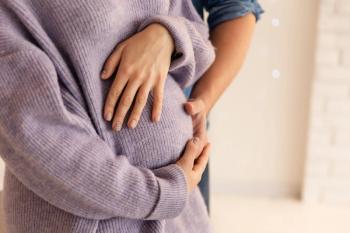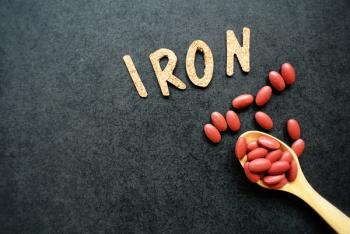
Maternal vitamin D linked to child's language impairment
Pregnancy women with low serum 25(OH)-vitamin D concetrations are more than twice as likely to have a child whose language development is impaired by age 5 or 10 years.
Pregnant women with low serum 25(OH)-vitamin D concentrations (≤46 nmol/L) are more than twice as likely as women with levels that are ≤72 nmol/L to have a child whose language development is impaired by age 5 or 10 years.
"The findings suggest that the trend over the past decade of a reduction in vitamin D levels among women of reproductive age has significant implications for offspring neurodevelopment and public health more generally," stated the authors of the prospective longitudinal study.
Researchers included 743 white women from Perth, Western Australia. They measured the women's serum vitamin D levels at 18 weeks of pregnancy and grouped the women into quartiles. They measured offspring behavior using the Child Behavior Checklist at 2, 5, 8, 10, 14, and 17 years of age. They also used the Peabody Picture Vocabulary Test to assess receptive language at 5 and 10 years of age.
Whitehouse AJ, Holt BJ, Serralha M, Holt PG, Kusel MM, Hart PH. Maternal serum vitamin D levels during pregnancy and offspring neurocognitive development. Pediatrics. 2012;129(3):485-493.
Newsletter
Get the latest clinical updates, case studies, and expert commentary in obstetric and gynecologic care. Sign up now to stay informed.









